Our Work
Empowered, represented, and community driven.
CHALLENGES OF ULTRA-POOR HOUSEHOLDS
INCOME
LAND
HOME
FOOD
WATER
HEALTHCARE
Our Model
Raising The Village partners with last-mile farming communities in Sub-Saharan Africa over 24 months to address ultra-poverty through a multi-dimensional program model. Each dimension of our program works together to build household incomes year-after-year as communities transition from subsistence farming to income generation, breaking the chronic cycle of ultra-poverty.
Driving Income – by increasing agricultural productivity
Enabling Participation – by addressing barriers and creating opportunities
Ensuring Sustainability – by building local capacity and structures
At the end of our 24-month partnership, the ‘keys’ to the project are handed over to the community, symbolizing independence, ownership and accountability, as RTV continues to monitor their progress for up to 60 months.
rong>
How We Grow
Agriculture remains a significant source of livelihood and sustenance across Sub-Saharan Africa. Strengthening agriculture and improving farm productivity in last-mile rural communities remains the most fundamental way to increase household incomes, boost food security, and unlock untapped potential for economic growth.
Our community-driven programs focus on increasing agricultural income and creating opportunities for income diversification.
We work with last-mile communities through training on Good Agronomic Practices (GAP), providing quality seeds and tools and forming local cooperatives and committees to build capacity and ensure sustainability. The results are bigger harvests, better quality yields, increased sales and diversified sources of income as households transition from subsistence farming to income generation.
Village Engagement
Lack of access to basic necessities such as water and health care and unavailability of affordable credit prevent families from investing time, energy, and resources in income-generating and learning activities. This reduces the time for productive work, erodes savings, and perpetuates a cycle of extreme poverty. In addition, factors such as gender and age further dictate the intensity of these challenges.
Addressing Barriers to Development: We work with last-mile communities to identify barriers to development and address them to unlock time and resources. This includes providing sustainable food sources, constructing water sources, promoting good hygiene and sanitation practices, and creating health awareness.
Financial Inclusion: We help form cooperatives including Village Savings and Loan Associations (VSLAs), and provide Financial Literacy Training as part of our Healthy Household Training so communities can pool resources and access affordable credit for agriculture, livestock, and small business initiatives.
Equitable Development: Our training program on Gender Equity and Mindset Change (Healthy Household Training) works towards changing behaviours towards the participation of women and youth in the community and household decision-making and ensures at least 40% leadership representation of women and 20% of youth.
Implementation
Our programs begin with extensive community consultation to understand and incorporate their needs into the project plan. Once vetted and approved jointly with partner communities, the project promotes community leadership and participation by creating local leadership structures and Cooperatives, strengthens existing Government systems by training local government frontline workers, and ensures graduation readiness by providing consistent technical support.
A typical Raising The village program lasts 24 months, focusing on making partner last-mile communities self-sufficient with pathways created for continued growth. After the 24-month period, we hand over the project to partner communities and continue to track their progress for an additional 36 months.
Local Structures: We work with partner communities to create inclusive local committees such as Community Agriculture Teams (CATs) and Village Livestock Teams (VLTs) to build technical expertise and knowledge.
Community-driven Development: We facilitate our partner communities to come together, pool resources, identify needs, and plan and implement development initiatives. These include constructing roads, cleaning existing water sources, purchasing livestock, creating community assets, and other development activities.
Government partnerships: Our project design integrates existing government systems and expertise at the local and national levels. This integration allows us to leverage community engagement networks and strengthen government systems for sustainability. We utilize technical staff and resources at the district level to supplement training, communication, and stakeholder buy-in. Ministries at the Federal level are engaged through ratified MoUs, providing us with district-level administration support.
- OUR MODEL
-
Our Model
Raising The Village partners with last-mile farming communities in Sub-Saharan Africa over 24 months to address ultra-poverty through a multi-dimensional program model. Each dimension of our program works together to build household incomes year-after-year as communities transition from subsistence farming to income generation, breaking the chronic cycle of ultra-poverty.
Driving Income – by increasing agricultural productivity
Enabling Participation – by addressing barriers and creating opportunities
Ensuring Sustainability – by building local capacity and structuresAt the end of our 24-month partnership, the ‘keys’ to the project are handed over to the community, symbolizing independence, ownership and accountability, as RTV continues to monitor their progress for up to 60 months.
rong>
- DRIVING INCOME
-
How We Grow
Agriculture remains a significant source of livelihood and sustenance across Sub-Saharan Africa. Strengthening agriculture and improving farm productivity in last-mile rural communities remains the most fundamental way to increase household incomes, boost food security, and unlock untapped potential for economic growth.
Our community-driven programs focus on increasing agricultural income and creating opportunities for income diversification.
We work with last-mile communities through training on Good Agronomic Practices (GAP), providing quality seeds and tools and forming local cooperatives and committees to build capacity and ensure sustainability. The results are bigger harvests, better quality yields, increased sales and diversified sources of income as households transition from subsistence farming to income generation.
- ENABLING PARTICIPATION
-
Village Engagement
Lack of access to basic necessities such as water and health care and unavailability of affordable credit prevent families from investing time, energy, and resources in income-generating and learning activities. This reduces the time for productive work, erodes savings, and perpetuates a cycle of extreme poverty. In addition, factors such as gender and age further dictate the intensity of these challenges.
Addressing Barriers to Development: We work with last-mile communities to identify barriers to development and address them to unlock time and resources. This includes providing sustainable food sources, constructing water sources, promoting good hygiene and sanitation practices, and creating health awareness.
Financial Inclusion: We help form cooperatives including Village Savings and Loan Associations (VSLAs), and provide Financial Literacy Training as part of our Healthy Household Training so communities can pool resources and access affordable credit for agriculture, livestock, and small business initiatives.
Equitable Development: Our training program on Gender Equity and Mindset Change (Healthy Household Training) works towards changing behaviours towards the participation of women and youth in the community and household decision-making and ensures at least 40% leadership representation of women and 20% of youth. - ENSURING SUSTAINABILITY
-
Implementation
Our programs begin with extensive community consultation to understand and incorporate their needs into the project plan. Once vetted and approved jointly with partner communities, the project promotes community leadership and participation by creating local leadership structures and Cooperatives, strengthens existing Government systems by training local government frontline workers, and ensures graduation readiness by providing consistent technical support.
A typical Raising The village program lasts 24 months, focusing on making partner last-mile communities self-sufficient with pathways created for continued growth. After the 24-month period, we hand over the project to partner communities and continue to track their progress for an additional 36 months.
Local Structures: We work with partner communities to create inclusive local committees such as Community Agriculture Teams (CATs) and Village Livestock Teams (VLTs) to build technical expertise and knowledge.
Community-driven Development: We facilitate our partner communities to come together, pool resources, identify needs, and plan and implement development initiatives. These include constructing roads, cleaning existing water sources, purchasing livestock, creating community assets, and other development activities.
Government partnerships: Our project design integrates existing government systems and expertise at the local and national levels. This integration allows us to leverage community engagement networks and strengthen government systems for sustainability. We utilize technical staff and resources at the district level to supplement training, communication, and stakeholder buy-in. Ministries at the Federal level are engaged through ratified MoUs, providing us with district-level administration support.
Program Pillars
Committed to SDGs
In the spirit of partnership and our value of working together, Raising The Village is proud to respond to the call to action set forth by the United Nations’ Sustainable Development Goals. While our work touches on many of the 17 goals, we prioritize our efforts on 5 critical goals that form the building blocks for peace and prosperity for last-mile communities living in ultra poverty. We actively measure our impact against the targets and goals set for Uganda.







